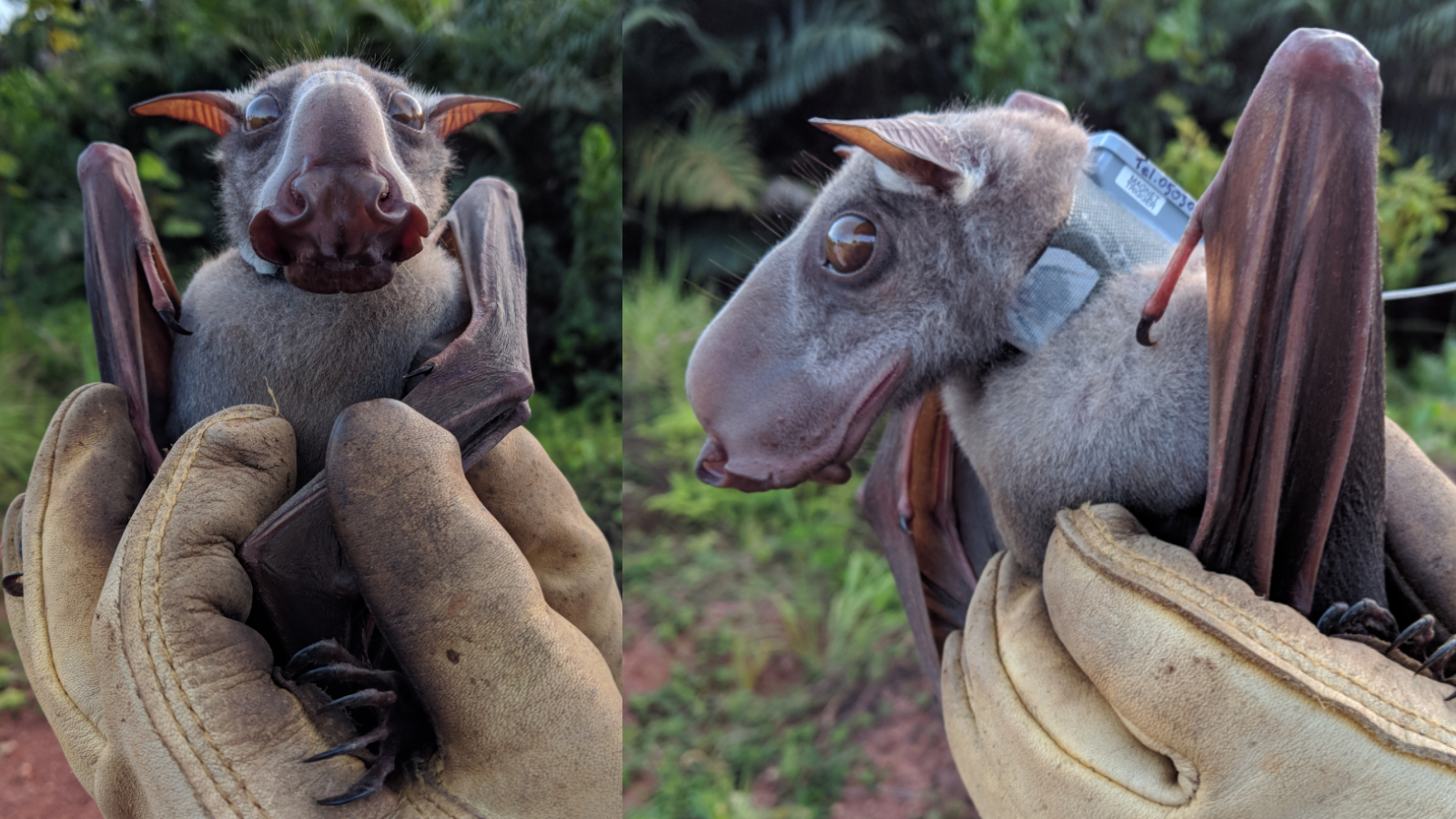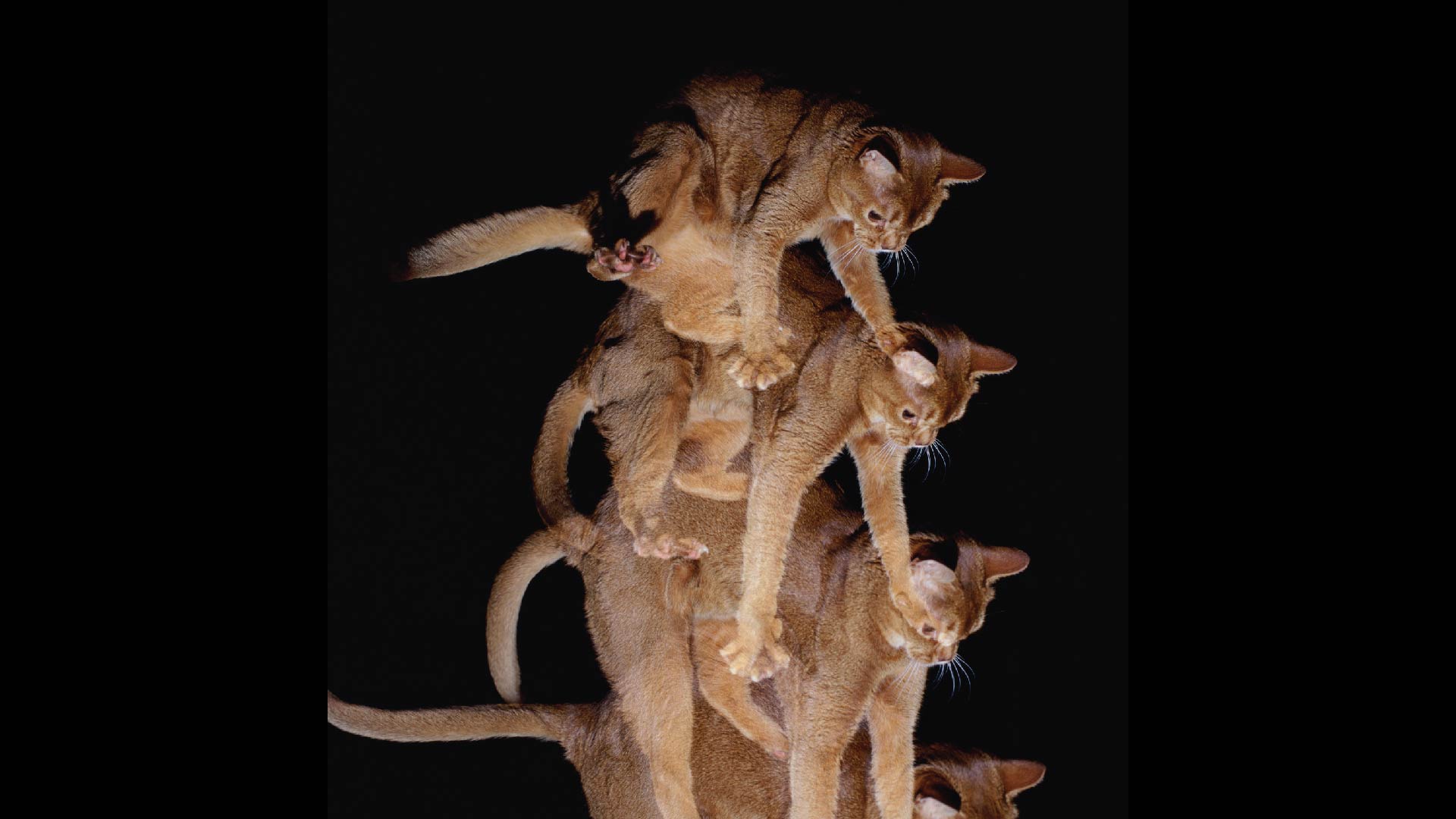Water, Vol. 15, Pages 3746: Tracking the Evolution of Microbial Communities on Microplastics through a Wastewater Treatment Process: Insight into the “Plastisphere”
Water doi: 10.3390/w15213746
Authors: Hong Oh Lee Kim Oh Ahn Park
Microplastics (MPs), which result from the breakdown of plastic waste, have become ubiquitous in various environmental compartments. The “plastisphere”, referring to the unique bacterial communities inhabiting plastic debris, includes pathogens and antibiotic resistance genes. Wastewater treatment plants (WWTPs) are hotspots for plastisphere formation, but significant releases of MPs still occur. This study investigates the microbial communities on polystyrene (PS) MPs through in situ deployment across primary, secondary, and tertiary WWTP stages. Biofilms formed on the PS MPs exhibited greater bacterial diversity than background waters. Certain genera acted as pioneers in the biofilms, attracting and facilitating the accumulation of other microbes from background waters. The biofilms formed on the MPs became more resistant to treatment processes compared to freely floating bacteria. This study sheds light on the evolution of microbial communities on MPs within WWTPs and their roles as carriers of microbes in effluents, with implications for environmental and public health. Understanding these dynamics is crucial for effective control over MPs and microbial pollution in WWTPs.

 6 months ago
17
6 months ago
17


